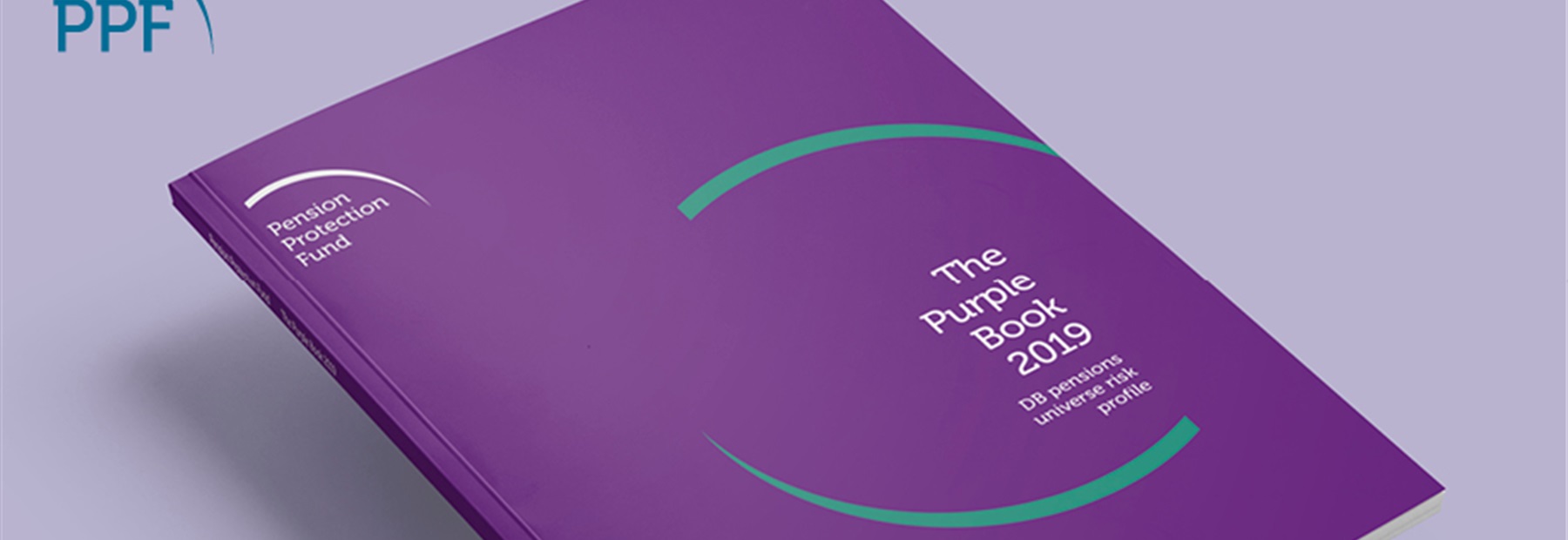The Purple Book is vital for helping us understand the risks we face as an organisation with obligations to our members, in an environment of significant uncertainty.
The information is used in our long-term risk model to help us determine how much compensation we might need to pay in the future. This means we can plan our funding and investment strategies accordingly to safeguard our members.
The total funding ratio of schemes has improved from 97 per cent to 99 per cent, but there are still a significant number of schemes that are underfunded. On 31 March 2019 – the point at which data in the book was taken – 57 per cent of schemes had a combined deficit of £160 billion.
Only 24 per cent of scheme assets were invested in equities, compared to 27 per cent of scheme assets in 2018 and 61 per cent in 2006. However, underfunded schemes tend to be the ones invested more heavily in equities. Overfunded schemes have on average 69 per cent of their assets in bonds, compared to just 25 per cent for those schemes with a funding ratio below 50 per cent.
The latest edition of The Purple Book also reveals that the universe of DB schemes continues to shrink, with 5,436 schemes comprising 10.1 million members.
“While many schemes have reduced their investment risk, the deficit of schemes in deficit is more than double what it was in 2006 and the economic circumstances much less favourable,” said Stephen Wilcox, our Chief Risk Officer.
Lisa McCrory, our Chief Actuary added: “Our focus is to manage our own funding prudently, to manage our balance sheet effectively and to understand the risks we face. At this stage of our evolution, a probability of success around 90 per cent indicates a high level of confidence that we are on track to meet our funding target.”



